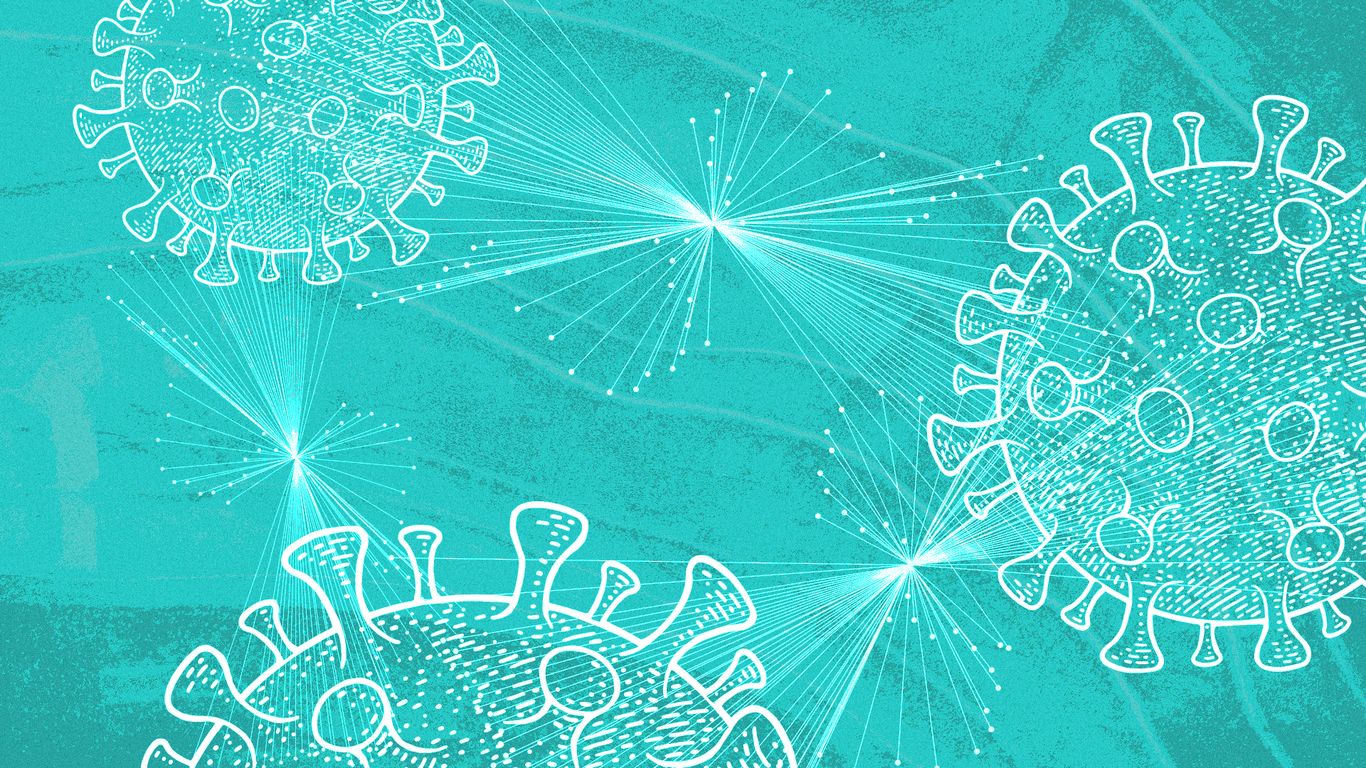WHO Updates Essential Medicines Lists

Introduction
The World Health Organization (WHO) continues to make strides in promoting global health with the release of updated editions of its Model Lists of Essential Medicines (EML) and Essential Medicines for Children (EMLc). The latest updates include new treatments for cancer and diabetes, addressing the growing need for effective and accessible treatments for these prevalent diseases.
Key Details
The updated EML and EMLc now include new treatments for various types of cancer, such as lung cancer, breast cancer, and melanoma. These additions aim to provide more effective and affordable treatment options for individuals diagnosed with these types of cancer. In addition, the updated lists also include new treatments for diabetes with associated comorbidities, such as heart disease, kidney disease, and neuropathy. This reflects the growing recognition of the need to address the complex and interconnected nature of chronic diseases.
Impact
The inclusion of these new treatments in the EML and EMLc has the potential to greatly impact the lives of individuals living with cancer and diabetes. Access to affordable and effective treatments can not only improve their quality of life, but also increase their chances of survival. In addition, this update serves as a reminder of the importance of continuously evaluating and updating the list of essential medicines to ensure that the needs of the global population are being met.
About the Organizations Mentioned
World Health Organization
The World Health Organization (WHO) is a specialized agency of the United Nations, established in 1948, with a mandate to promote global health, coordinate international responses to public health threats, and set standards for health policies and interventions[2]. Headquartered in Geneva, Switzerland, WHO operates in over 150 countries, working with governments, NGOs, and other partners to advance health equity, strengthen health systems, and respond to health emergencies. ## What WHO Does WHO’s core activities include monitoring global health trends, setting international health standards, providing technical assistance to countries, and serving as a forum for scientific and policy discussions on health issues[2]. The organization publishes influential reports such as the annual **World Health Statistics**, which tracks progress toward Sustainable Development Goals (SDGs) and provides a global “health report card”[1][8]. WHO also maintains the Model List of Essential Medicines, guiding countries on which drugs are most critical for public health[7]. In addition, WHO leads global campaigns on issues ranging from infectious disease eradication to noncommunicable diseases (NCDs), maternal and child health, and health emergencies[2][6]. ## History and Key Achievements WHO’s history is marked by landmark achievements, including the eradication of smallpox, near-eradication of polio, and the development of an Ebola vaccine[2]. The organization played a pivotal role in responding to the COVID-19 pandemic, coordinating global research, vaccine distribution, and public health guidance. In May 2025, WHO member states adopted the world’s first **Pandemic Agreement**, a historic step to improve international coordination and equity in future health crises[4]. WHO also spearheads initiatives like the Triple Billion Targets (healthier lives, universal health coverage, and protection from health emergencies) and technical policy packages targeting tobacco, alcohol, salt, and trans fat reduction[1][2]. ## Current Status and Notable Aspects WHO is currently implementing its **Fou











